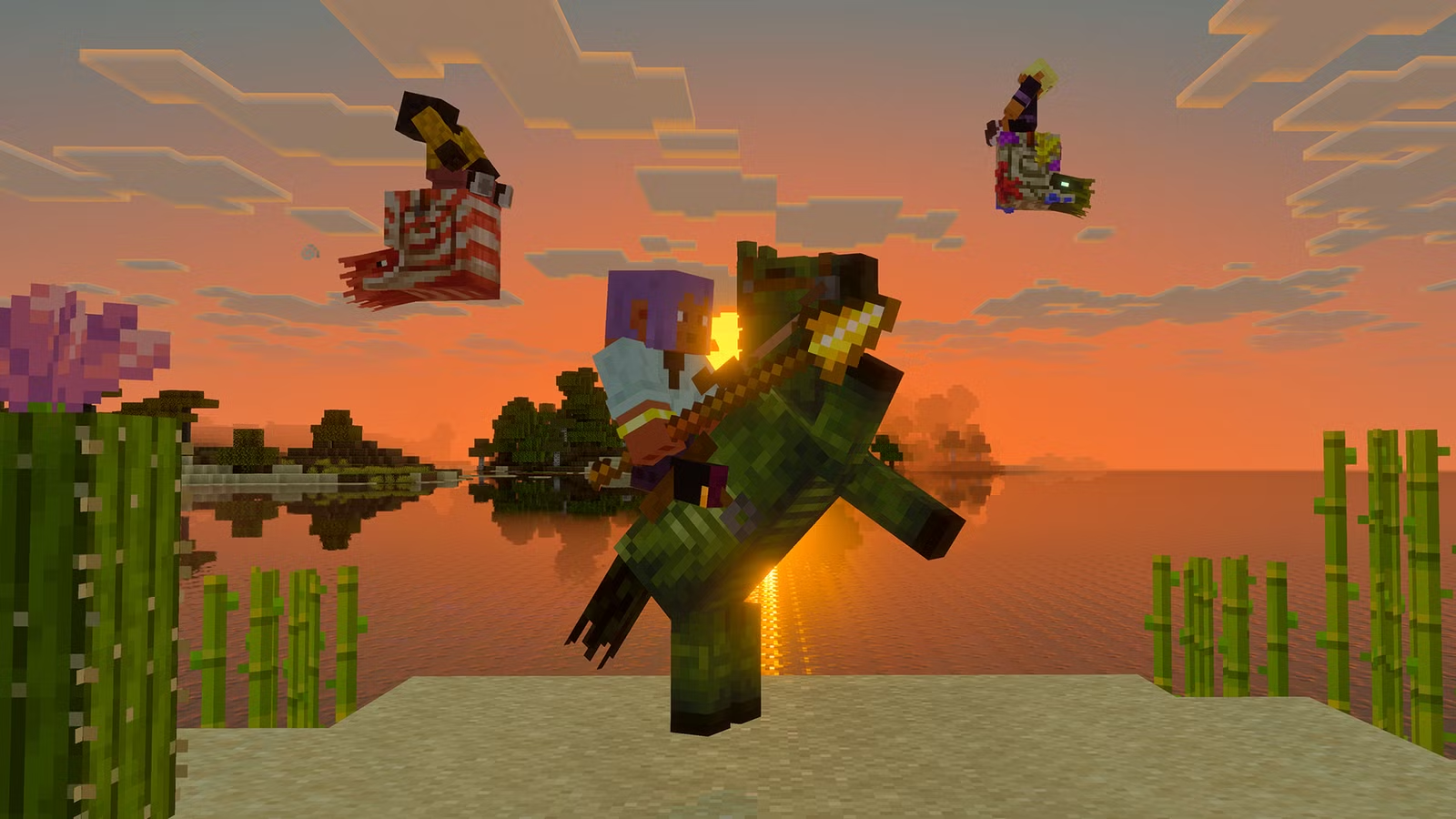OpenAI has quietly rolled out a new feature for ChatGPT that gives users a level of flexibility not currently available in rival chatbots like Google Gemini or Anthropic’s Claude: the ability to branch conversations from any point in the chat.
Until now, once a conversation in ChatGPT moved forward, your only options were to continue down that path or start a new chat from scratch. With the new branching feature, users can revisit a specific point in an existing thread, fork the conversation, and explore alternative directions—without losing the original context.
The option appears in a three-dot menu under each ChatGPT reply on the web interface. From there, users can choose “Branch in new chat,” which opens a separate browser tab containing the branched conversation. The new chat is marked with a horizontal line indicating where the branch began, and it’s also saved in the user’s chat history with a title that starts with “Branch” for easy navigation.
This functionality complements the recently expanded Projects feature, now available to all ChatGPT users, which helps organize conversations around topics or tasks. Together, these tools make it easier to manage complex workflows, whether for coding, research, or creative writing. For instance, a developer could explore multiple approaches to a piece of code without muddying the original chat, or a writer could test out different drafts from a specific paragraph without duplicating an entire conversation.
Currently, the feature is only live on the web version of ChatGPT, with no support in the mobile app yet. Still, it represents a clear differentiation from competitors. While branching may sound like a small usability tweak, for power users managing large volumes of prompts, it could be transformative—essentially turning ChatGPT into a more fluid, non-linear workspace.
It wouldn’t be surprising if Gemini, Claude, or other AI platforms introduce similar features soon. But for now, ChatGPT is the first to give users this kind of branching control, and it may change how people structure and revisit their interactions with the model.






